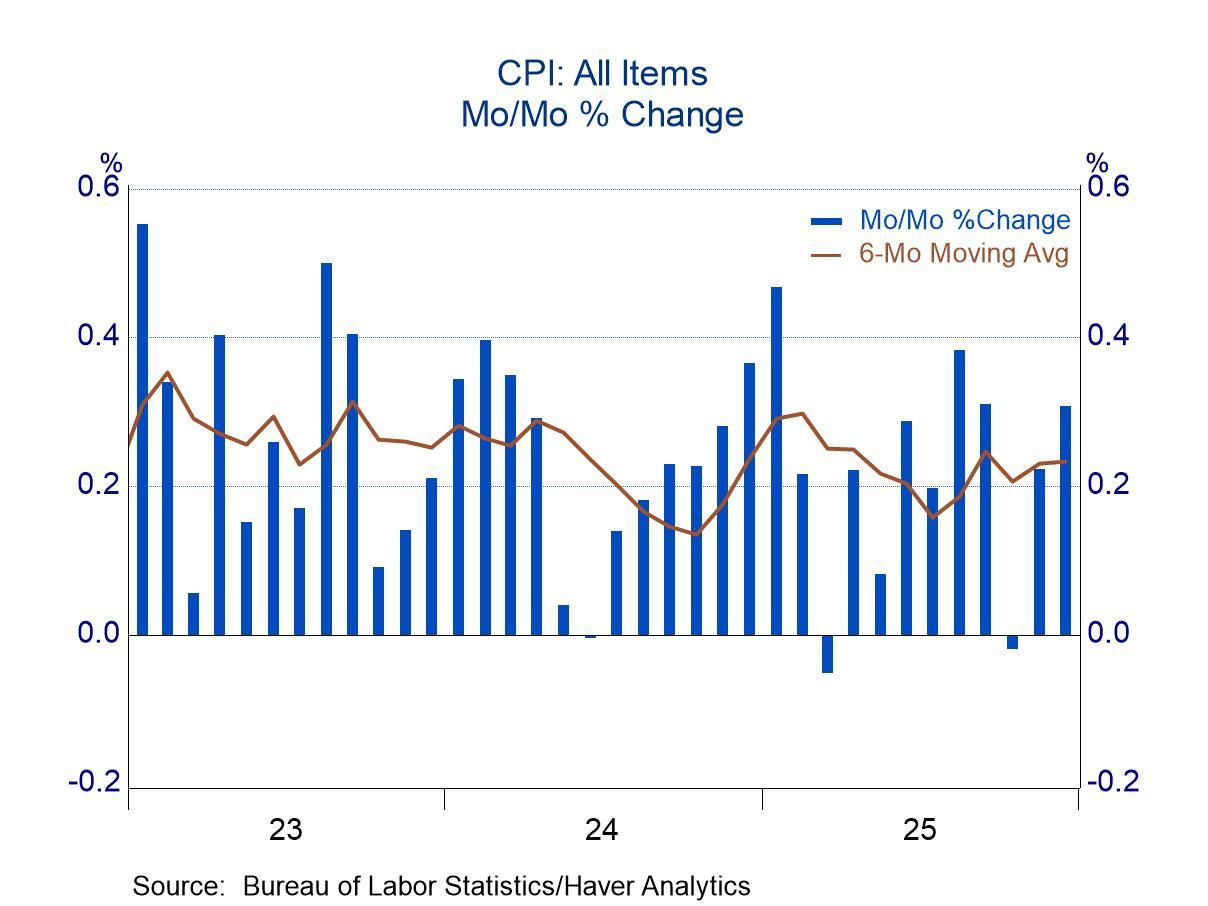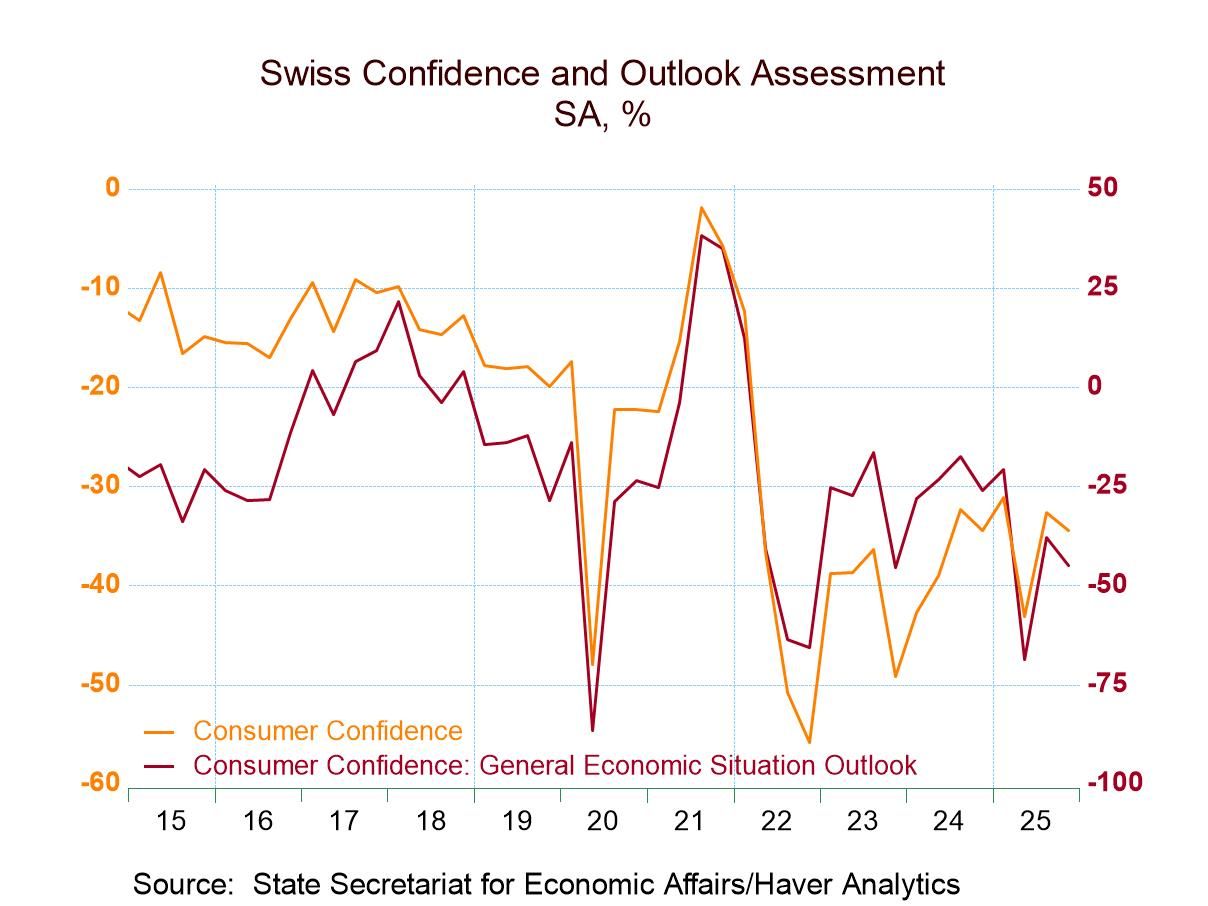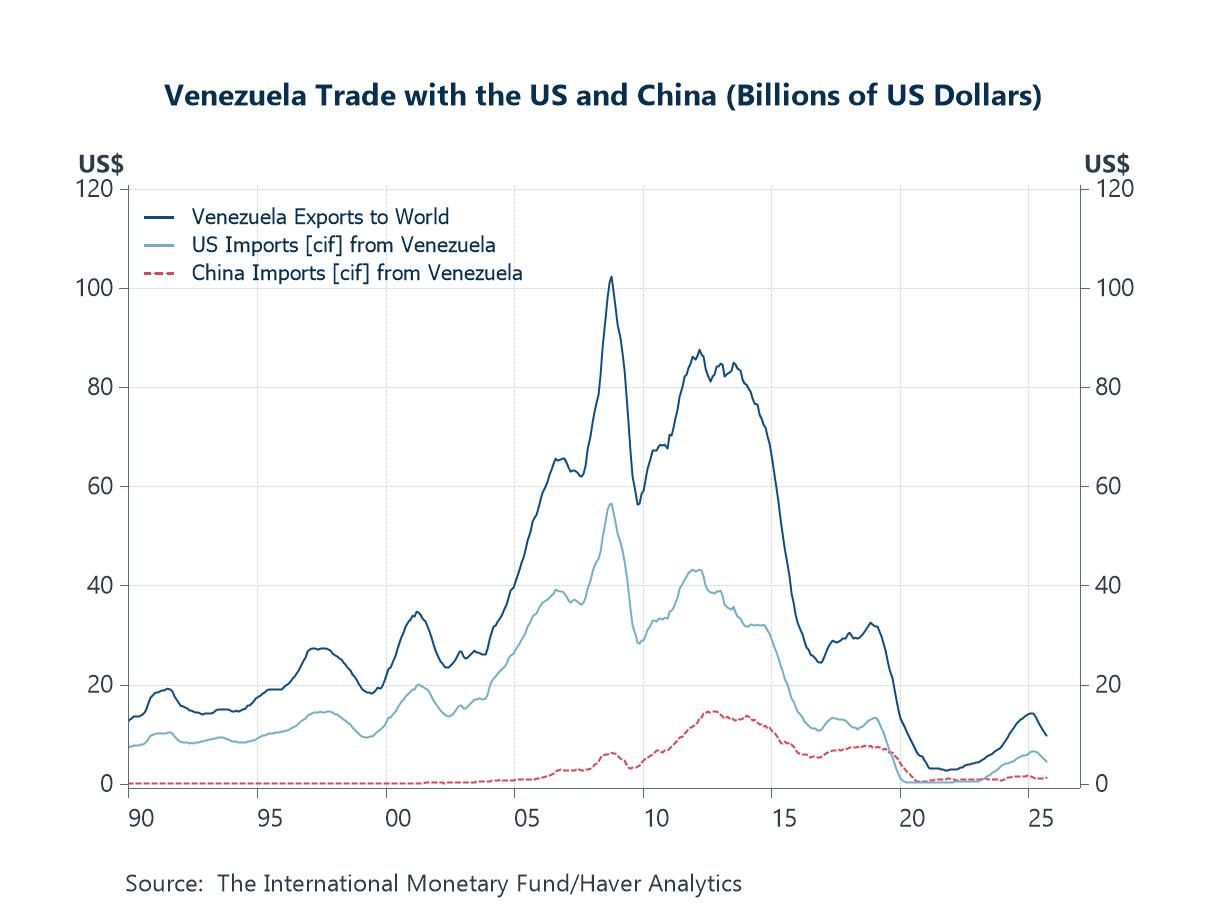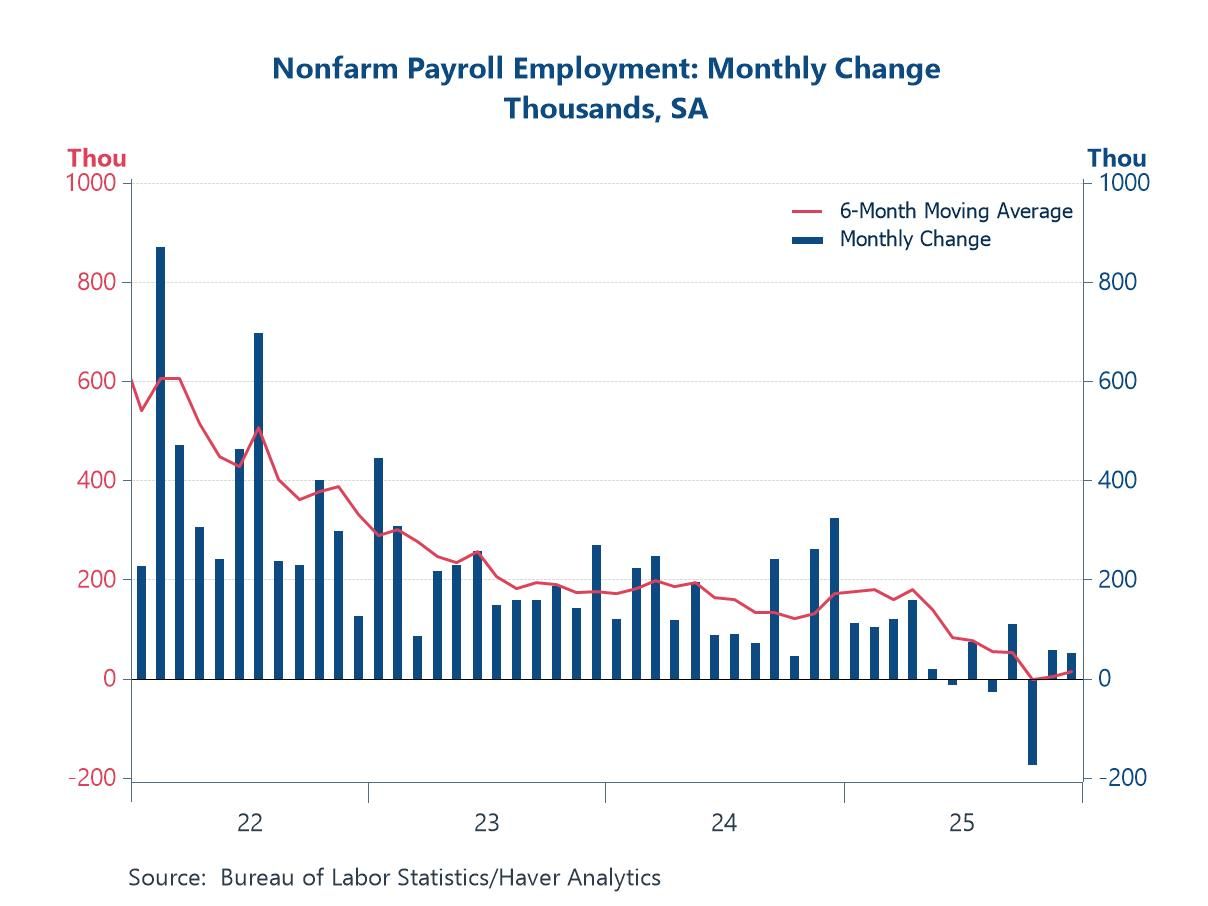 Global| May 05 2023
Global| May 05 2023Charts of the Week (May 5, 2023)
by:Andrew Cates
|in:Economy in Brief
Summary
The spotlight has been on the Fed and the ECB over the past few days with investors keen to hear some hints that an interest rate tightening cycle is close to completion. Notwithstanding further hikes of 25bps from both central banks, that certainly seemed to be a takeaway from the Fed judging by Chairman Powell’s post-meeting comments and the financial market response. Incoming economic data have been flagging downside growth risks over the past week or so and this has given cover for US policymakers to communicate a policy pause. But those growth risks combined with heightened financial stability concerns, still-high inflation, and arguably sanguine market pricing (e.g. in credit) underscore how difficult the calibration of monetary policy has become. Against this backdrop our charts this week home in on consensus forecasts for policy rates over the next 12 months (in chart 1) and the heightened US recession risks that recent surveys have been signalling (in chart 2). A more upbeat view about the US economy is, nevertheless, being signalled by this week’s labour market reports, one of which we additionally illustrate (in chart 3). As for Europe, much of this week’s data has been more damning for the economic outlook which we underscore via the ECB’s latest Q2 bank lending survey (in chart 4). On the inflation front we then focus on the disinflationary messages for traded goods prices that can be heeded from China’s latest manufacturing PMI survey (in chart 5). Finally, with oil prices falling sharply in recent days, we look at the tight relationship between global energy prices and core CPI inflation (in chart 6).
Consensus forecasts for interest rates Many economists are of the view that most of the world’s major central banks will pivot toward a looser monetary policy over the next 12 months. That’s the message in chart 1 below showing the spread between the consensus from the May survey of Blue Chip financial forecasts for policy rates in several major economies in 12 months versus the forecast in 3 months (see chart 2 below). Projections for policy rates in the US and Canada in 12 months are specifically around 70 basis points lower than the consensus in 3 months. This stands in vivid contrast to the euro area, where forecasts for the ECB’s policy rates in 12 months are 7 basis points higher than in 3 months. Indeed, relative to the RBA, BoE, BoC and Fed (as well as the BoJ), the ECB is the only major central bank that is not expected to lower interest rates in the year ahead.
Chart 1: Blue Chip Financial Forecasts: projected changes in policy rates

The US inventory cycle While less important than they used to be (not least in developed economies), inventory gyrations are useful cyclical indicators. Sharp upswings, for example, often suggest an unexpected shortfall in demand relative to an economy’s output. That’s why the US manufacturing ISM survey’s index of customer inventories has often proved to be a useful recession indicator over the last few decades (see chart 2). It’s also, moreover, why the sharp spike in this index in April to levels that indicate rising customer inventories is worrisome.
Chart 2: US ISM Survey: Customer inventories index

The US labour market On a brighter note, this week’s US labour market data (ahead of tomorrow’s April payrolls report) suggested less acute recession risk. The ADP report, for example, indicated a much firmer pace of job creation (of 296,000) in April than US forecasters had expected. And although the latest March JOLTS report signalled fewer job openings, it equally suggested a healthier supply and demand balance in the labour market. This is illustrated via the Beveridge curve plotted in chart 3 below showing the US unemployment rate against the job openings rate. That curve seemingly shifted to the right during and immediately after the pandemic. The latest data, however, shown in the north-west corner of the chart, suggest the market may now be functioning better than before.
Chart 3: The US Beveridge curve of labour market conditions

The euro area credit cycle Turning to the euro area, where this week’s data have not been that auspicious. April’s manufacturing PMIs, for example, remained firmly rooted in contractionary territory while German retail sales volumes sank to multi-decade lows of -8.6% y/y in March. The latest ECB bank lending survey also revealed that credit standards for loans tightened further in Q1. Firms’ net demand for loans additionally slumped in Q1 and by the largest rate since Q4 2008. For the ECB this is of some significance because the general level of interest rates was reported as the main driver of reduced loan demand (see chart 4 below).
Chart 4: Euro area demand for business credit: contributing factors

China and traded goods price inflation As for China, last weekend’s official PMI data revealed a disappointing headline index accompanied by an unexpectedly sharp slowdown in the non-manufacturing index and an equally unexpected contraction in the manufacturing index. Pent-up demand from China’s re-opening in other words might already be running out of steam. A further feature of the manufacturing survey, however, that has attracted less attention concerns inflation. For the output price index fell much deeper into deflation territory in April, specifically dropping from 48.6 in March to 44.9 in April (see chart 5 below). Given the importance of China for global supply chains and the related role that manufacturers’ output prices play in driving traded goods price inflation, this is of some significance. Fears that China’s re-opening might fuel global inflationary pressures certainly seem unfounded, at least for now.
Chart 5: China’s output prices and EM inflation surprises

Global inflation trends We reserve a final word or two this week for energy prices as oil prices have declined sharply in recent days. This ought to be good news for headline CPI inflation rates in the period ahead. But it arguably ought to be good news for core CPI inflation as well bearing in mind that energy is an important component of many companies’ costs. The longer-term relationship, moreover, at the global level is certainly strong (and striking) as evidenced in chart 6 below.
Chart 6: Global energy inflation versus core CPI inflation

Andrew Cates
AuthorMore in Author Profile »Andy Cates joined Haver Analytics as a Senior Economist in 2020. Andy has more than 25 years of experience forecasting the global economic outlook and in assessing the implications for policy settings and financial markets. He has held various senior positions in London in a number of Investment Banks including as Head of Developed Markets Economics at Nomura and as Chief Eurozone Economist at RBS. These followed a spell of 21 years as Senior International Economist at UBS, 5 of which were spent in Singapore. Prior to his time in financial services Andy was a UK economist at HM Treasury in London holding positions in the domestic forecasting and macroeconomic modelling units. He has a BA in Economics from the University of York and an MSc in Economics and Econometrics from the University of Southampton.






